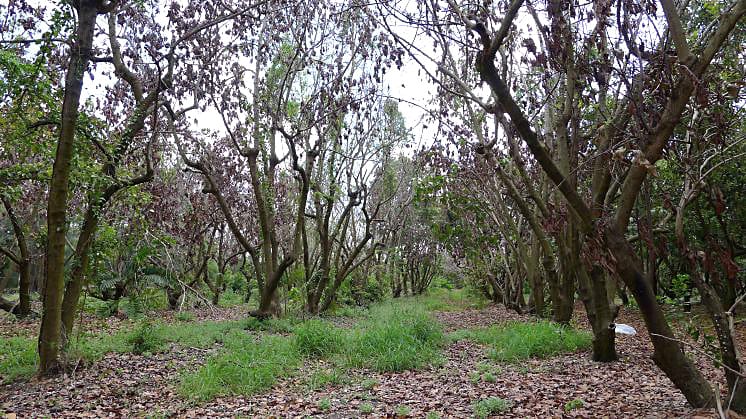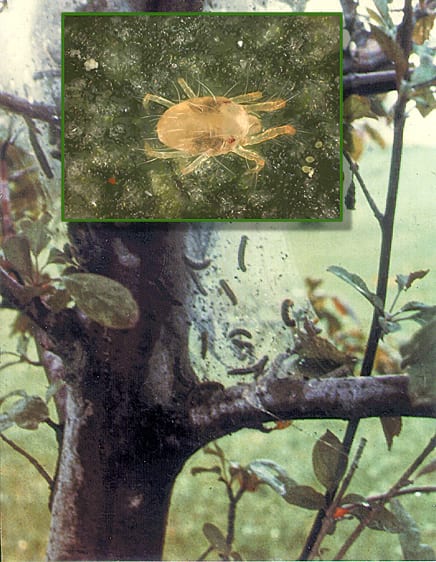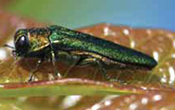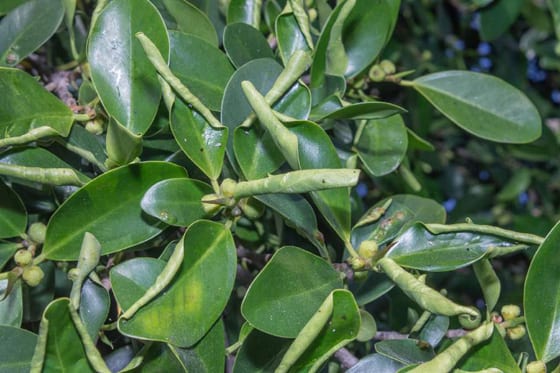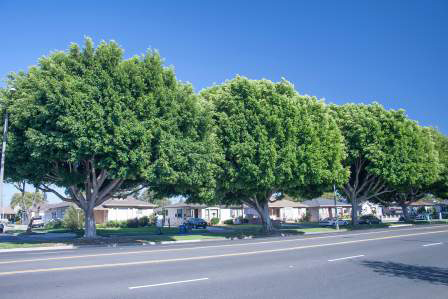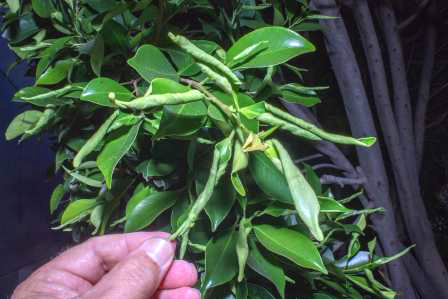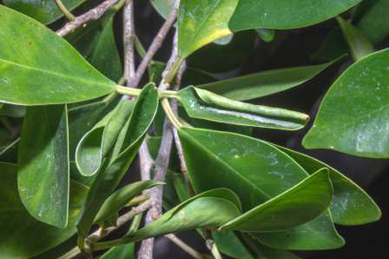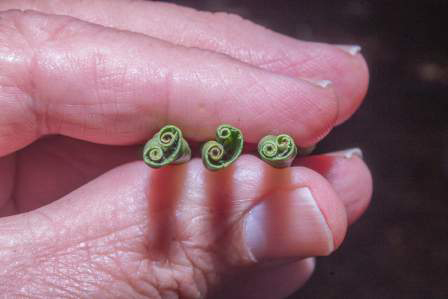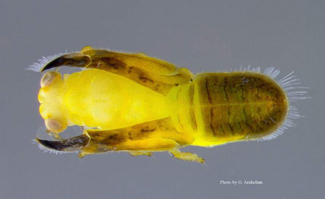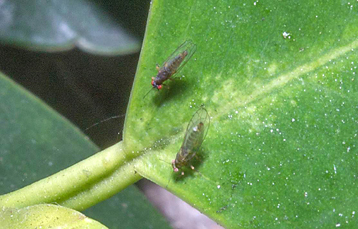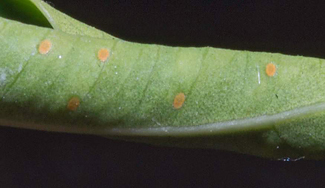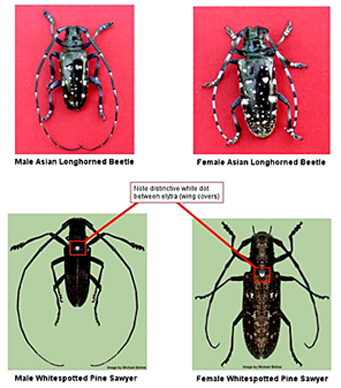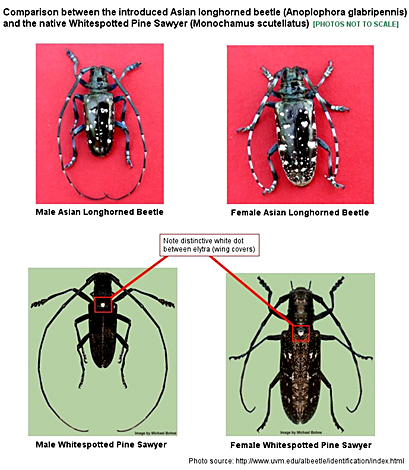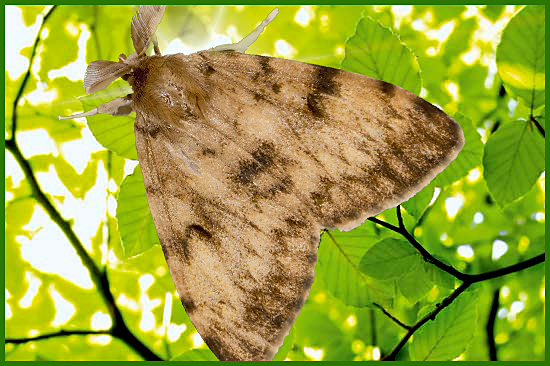Laurel wilt, also called laurel wilt disease, is a vascular disease caused by the fungus Raffaelea lauricola which is transmitted by the invasive Redbay Ambrosia Beetle , Xyleborus glabratus. The disease affects and kills members of the laurel family. The avocado is perhaps the most commercially valuable plant affected by laurel wilt.
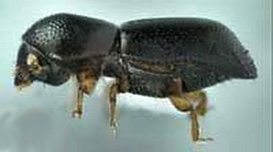
This Disease/Vector complex acts similar to what California is experiencing with “Fusarium Dieback and Its Ambrosia Beetle (Euwallacea sp. Coleoptera: Scolytinae) Vector in Southern California)” commonly named, “common name polyphagous shot hole borer (PSHB)” destroying hundreds if not thousands of trees in California.
Symptoms of laurel wilt include wilted stems and leaves and dark streaking in the wood.Laurel wilt can spread in at least two ways: one is via the beetle’s natural reproduction and migration. A second way is through the sale and transport of beetle-infested wood, a result of redbay’s use as firewood and for outdoor grilling.
The spreading Laurel Wilt has been found in South Carolina, North Carolina, Mississippi, Alabama, Georgia, and notably in Florida, where it has reached as far south as Miami-Dade County and as far west as Bay County.
The redbay ambrosia beetle was detected in Savannah, Georgia’s Port Went-worth area in spring 2002; however, it is likely to have been established in the area prior to 2002 when the three adult specimens were trapped at the port.
The beetle likely entered the country in solid wood packing material with cargo that was imported at Port Wentworth. Redbay trees began dying in Georgia and South Carolina near the Savannah area in 2003. By early 2005, officials with the Georgia Forestry Commission (GFC), South Carolina Forestry Commission (SCFC), and USDA Forest Service began to suspect the newly discovered ambrosia beetle was associated with this mortality.
The redbay (Persea borbonia), a tree particularly abundant in maritime forests of Georgia, South Carolina and Florida, has been the primary species affected by the wilt. Sassafras, a less common tree in the coastal plains of the Southeast but with a more extensive range than redbay, has also been affected by the disease but to a lesser extent than redbay. The wilt fungus has also been isolated from dead and dying pondspice (Litsea aestivalis) and pondberry (Lindera melissaefolia), however the redbay ambrosia beetle has not been found in either of these species. Pondberry is a federally endangered species while pondspice is regarded as a threatened or endangered species in some southeastern states.


